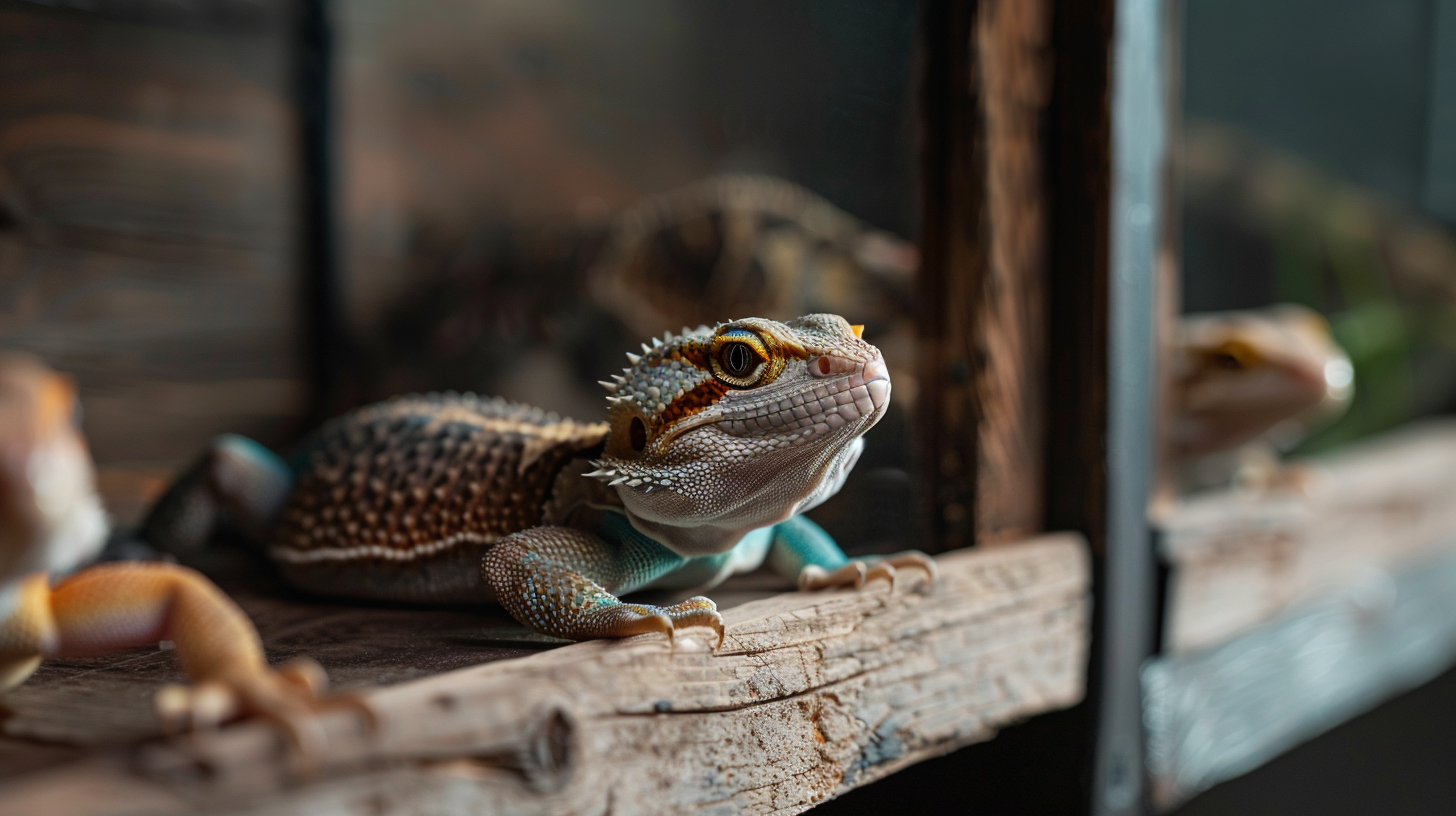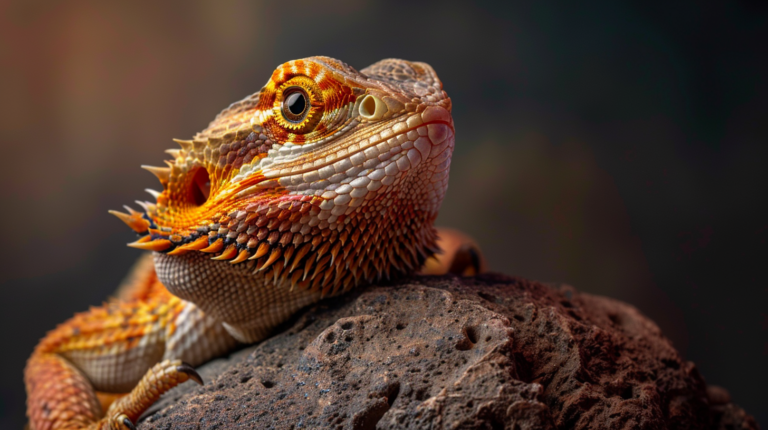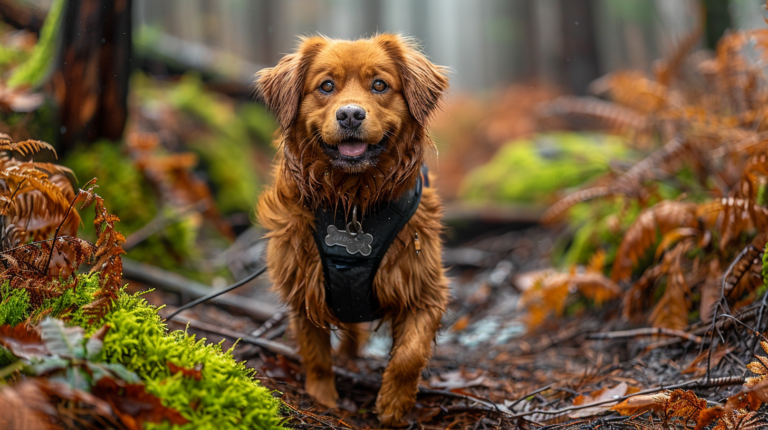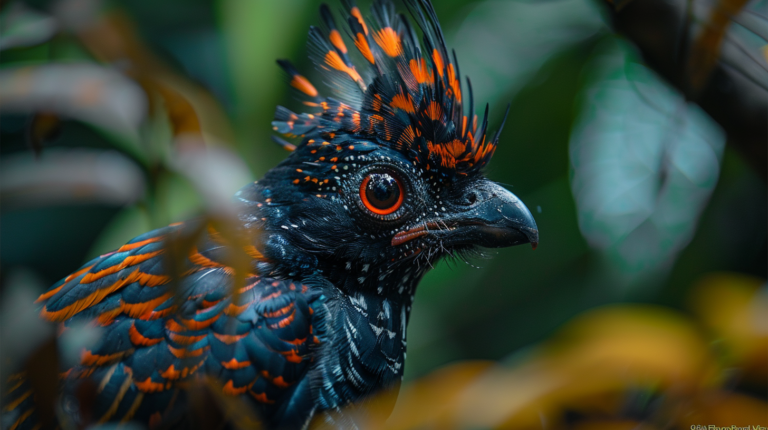Discover the perfect scaly companion with our comprehensive reptiles list featuring 15 top species! From beginner-friendly leopard geckos to advanced chameleons, find detailed care tips and traits.
Table of Contents
The world of reptile keeping has grown tremendously in popularity over the past decade. These fascinating creatures offer a unique alternative to traditional furry companions, bringing prehistoric charm and distinctive personalities to your home. Whether you’re drawn to the docile nature of bearded dragons, the compact size of leopard geckos, or the impressive presence of ball pythons, our reptiles list covers everything you need to know before bringing home your cold-blooded companion.
Unlike mammals, reptiles don’t require daily walks or constant attention, making them excellent pets for busy individuals or those with limited space. However, they do have specific environmental, dietary, and care requirements that must be met to ensure they thrive. In this comprehensive guide, we’ll explore the top 15 reptile species suitable for home keeping, detailing their unique traits, care requirements, and the commitment level needed for each.
From beginners to experienced herpetoculturists, this reptiles list aims to match you with the perfect scaly companion while preparing you for the wonderful journey of reptile ownership ahead.
Understanding Reptile Ownership
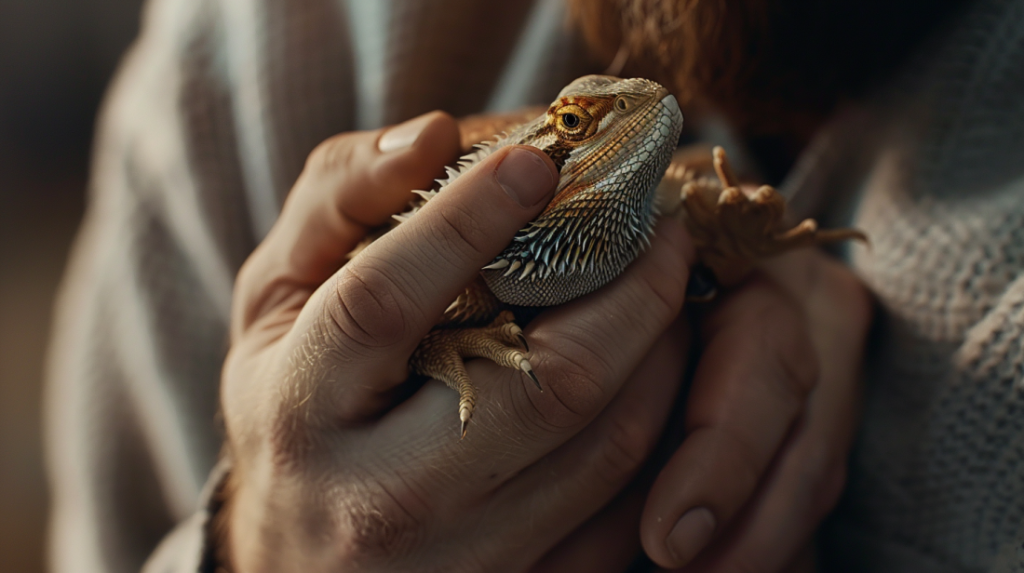
Before diving into our reptiles list, it’s important to understand what reptile ownership entails. These animals differ significantly from traditional pets like dogs and cats, requiring specialized care tailored to their evolutionary needs.
What Makes Reptiles Unique Pets
Reptiles are ectothermic (cold-blooded) animals, meaning they rely on external heat sources to regulate their body temperature. This fundamental difference from mammals influences virtually every aspect of their care:
- Temperature Regulation: All reptiles require carefully controlled temperature gradients in their enclosures
- UVB Lighting: Many species need special lighting to synthesize vitamin D3
- Specialized Diets: From insectivores to herbivores to carnivores
- Long Lifespans: Many reptiles live 15-30+ years with proper care
- Different Social Needs: Most don’t seek human interaction but can become accustomed to handling
According to the American Pet Products Association, reptile ownership has increased by 23% since 2019, with an estimated 9.4 million reptiles kept as pets in the United States alone.
Common Misconceptions About Reptile Pets
Before proceeding to our reptiles list, let’s address some misconceptions:
- Reptiles are low-maintenance pets – While they don’t need daily walks, most require specific temperature gradients, lighting, humidity levels, and specialized diets
- All reptiles stay small – Many species sold as juveniles can grow to substantial sizes
- Reptiles don’t need much space – Proper enclosures should allow natural behaviors like climbing, burrowing, or swimming
- Reptiles don’t bond with owners – While not social like mammals, many reptiles recognize caretakers and can form associations
Dr. Susan Donoghue, a renowned reptile veterinarian, notes: The most common problems we see in reptile medicine stem from inadequate research before acquisition. Understanding the specific needs of a species before bringing it home is crucial for its health and longevity.
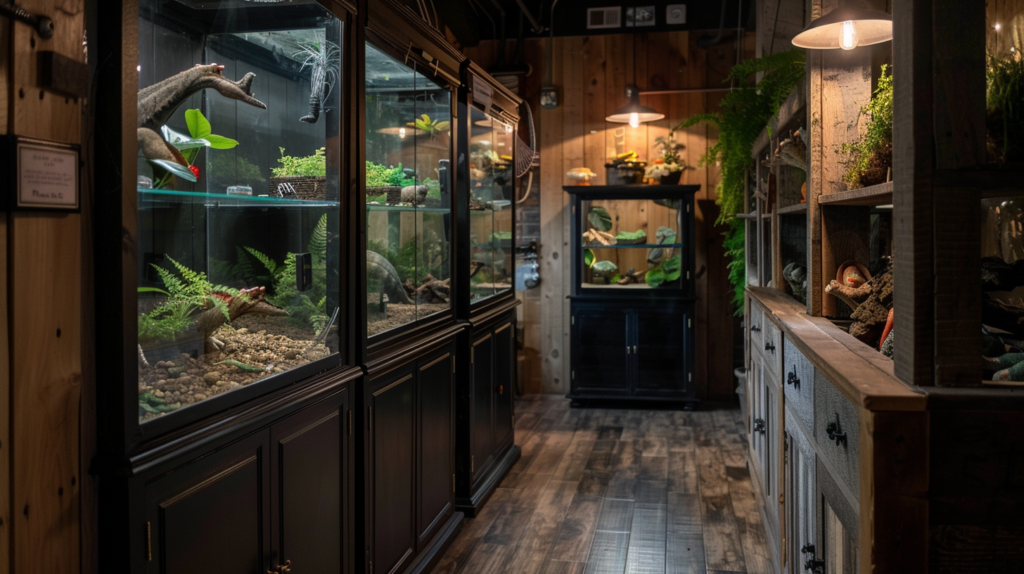
Top 15 Reptiles for Pet Owners
Our comprehensive reptiles list categorizes species by experience level required, helping you make an informed decision based on your comfort with reptile keeping.
Beginner-Friendly Reptiles
1. Leopard Gecko (Eublepharis macularius)
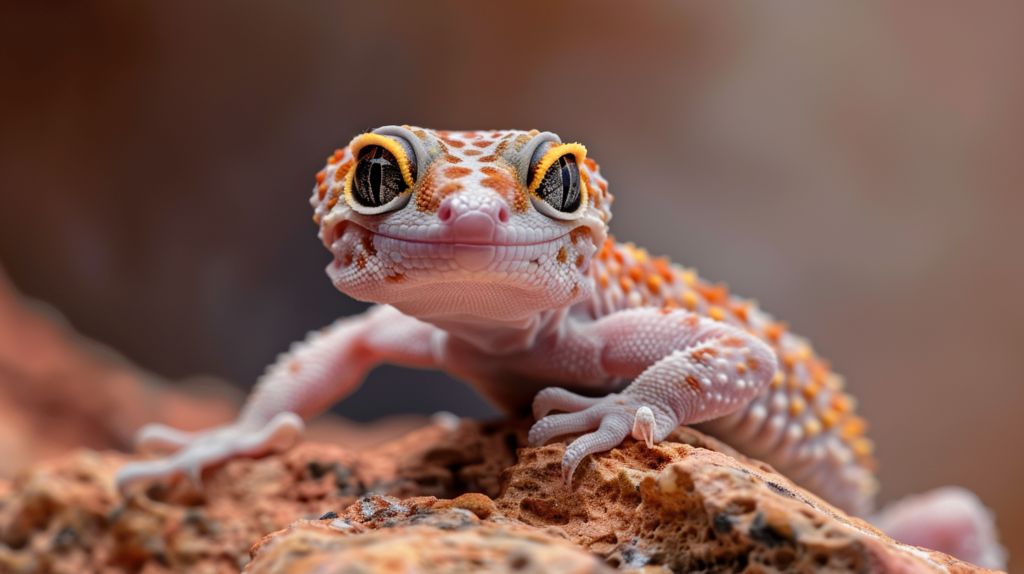
Traits:
- Size: 8-10 inches
- Lifespan: 15-20 years
- Temperament: Docile, easily handled
- Activity Level: Crepuscular (active at dawn and dusk)
Care Requirements:
- Enclosure: 20-gallon tank minimum for adults
- Temperature: 88-92°F warm side, 75-80°F cool side
- Humidity: 30-40%
- Diet: Insects (crickets, mealworms, dubia roaches)
- Special Needs: Calcium supplementation, hiding spots
Why They’re Great for Beginners: Leopard geckos top our reptiles list for beginners due to their manageable size, docile nature, and relatively straightforward care requirements. Unlike many reptiles, they don’t require UVB lighting (though some keepers provide it as a precaution). Their calm demeanor makes them excellent for gentle handling, and they typically live long enough to become cherished family members.
According to a 2023 survey by the Reptile Keepers Association, leopard geckos have a 92% owner satisfaction rate among first-time reptile keepers.
2. Bearded Dragon (Pogona vitticeps)
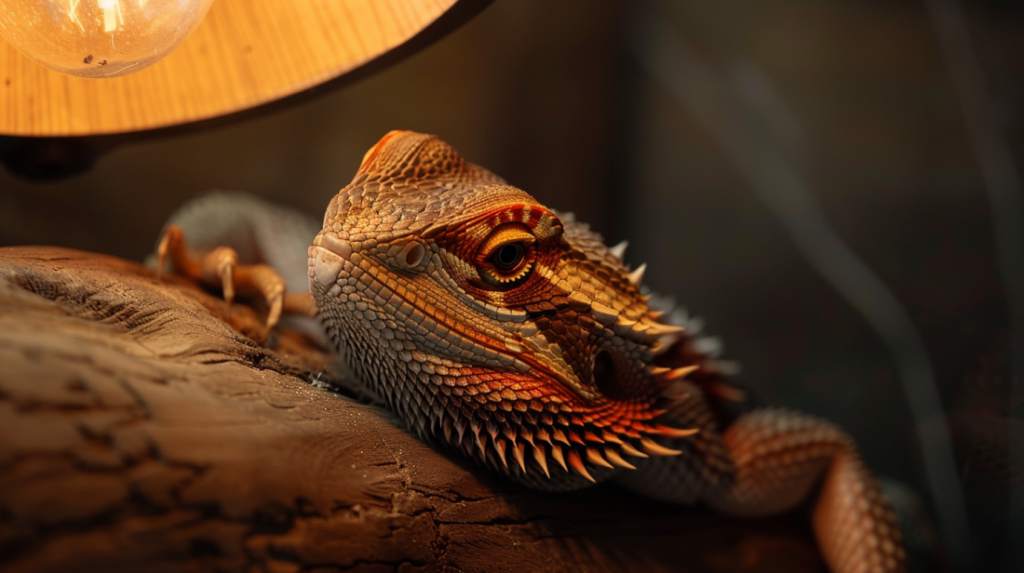
Traits:
- Size: 16-24 inches
- Lifespan: 10-15 years
- Temperament: Social, curious, tolerates handling well
- Activity Level: Diurnal (active during day)
Care Requirements:
- Enclosure: 40-75 gallon tank for adults
- Temperature: 95-105°F basking spot, 75-85°F cool side
- Humidity: 30-40%
- Diet: Omnivorous (vegetables, fruits, insects)
- Special Needs: UVB lighting, basking platform
Why They’re Great for Beginners: Often called the “dogs of the reptile world,” bearded dragons feature prominently on any reptiles list for beginners due to their engaging personalities. They recognize their owners, enjoy supervised time outside their enclosures, and display fascinating behaviors like arm waving and beard displays. Their omnivorous diet provides variety in feeding routines.
“Bearded dragons offer the interactive experience many new reptile owners seek,” explains herpetologist Dr. Robert Mendez. “They’re expressive animals that can form strong feeding associations with their caretakers.”
3. Crested Gecko (Correlophus ciliatus)
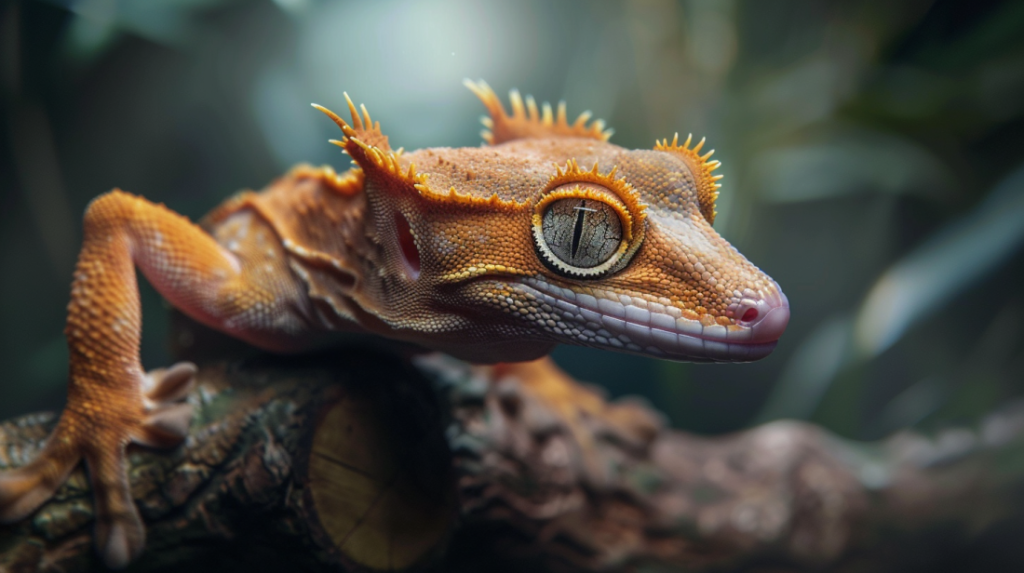
Traits:
- Size: 6-8 inches
- Lifespan: 15-20 years
- Temperament: Docile, somewhat skittish
- Activity Level: Nocturnal
Care Requirements:
- Enclosure: Vertical 20-gallon tank
- Temperature: 72-78°F (no additional heating often needed)
- Humidity: 60-80%
- Diet: Commercial powdered diet, occasional insects
- Special Needs: Climbing structures, regular misting
Why They’re Great for Beginners: Crested geckos earn their place on our reptiles list thanks to their relatively simple care requirements. They thrive at room temperature, can subsist primarily on commercially available powdered diets, and don’t require UVB lighting. Their distinctive appearance with eyelash-like crests and their ability to change colors make them visually appealing pets.
4. Corn Snake (Pantherophis guttatus)
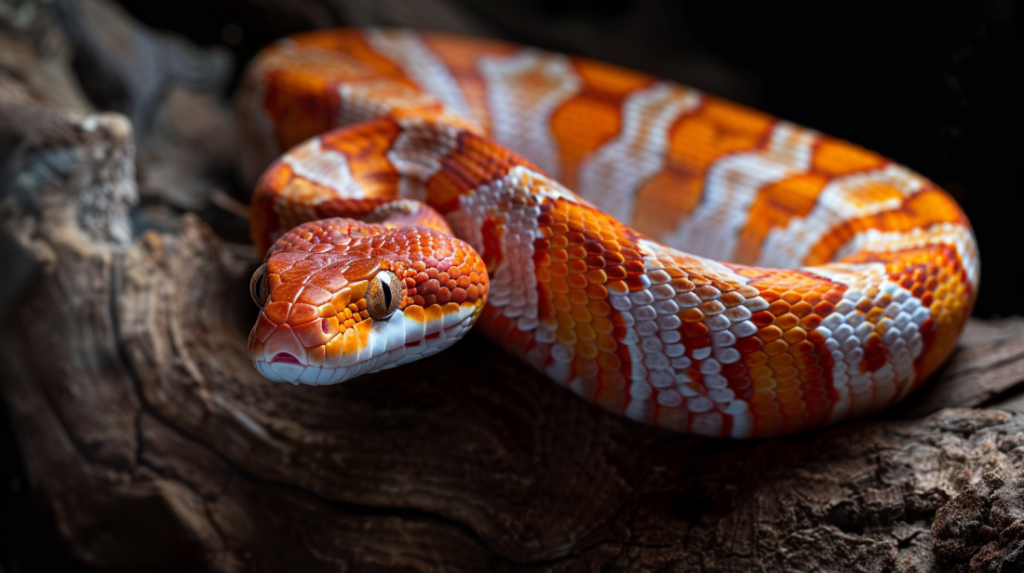
Traits:
- Size: 3-5 feet
- Lifespan: 15-20 years
- Temperament: Docile, rarely defensive
- Activity Level: Most active at dawn and dusk
Care Requirements:
- Enclosure: 40-gallon tank minimum
- Temperature: 85°F warm side, 75°F cool side
- Humidity: 40-50%
- Diet: Frozen/thawed mice sized appropriately
- Special Needs: Secure enclosure (they’re escape artists)
Why They’re Great for Beginners: For those interested in keeping snakes, corn snakes frequently top the reptiles list of recommended species. They rarely bite, come in a stunning array of color morphs, and have straightforward care requirements. Their feeding schedule (once every 5-7 days) makes them less demanding than other pets.
A 2023 study in the Journal of Veterinary Medicine found that corn snakes had the lowest incidence of health problems among commonly kept snake species.
5. Blue-Tongued Skink (Tiliqua spp.)
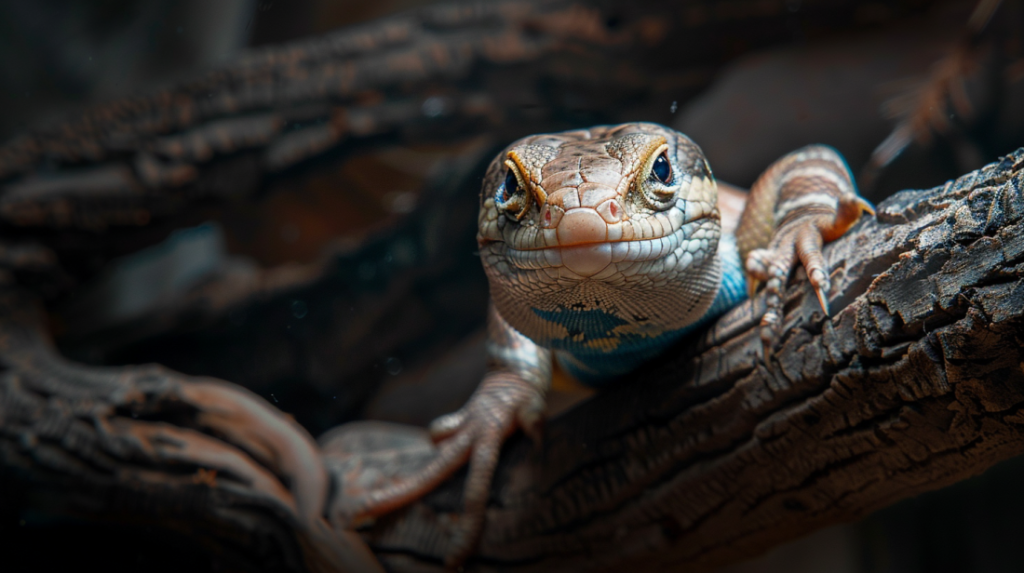
Traits:
- Size: 18-24 inches
- Lifespan: 15-20 years
- Temperament: Generally docile, curious
- Activity Level: Diurnal
Care Requirements:
- Enclosure: 40-75 gallon tank
- Temperature: 90-100°F basking area, 75°F cool side
- Humidity: 40-60% (species dependent)
- Diet: Omnivorous (vegetables, fruits, protein)
- Special Needs: UVB lighting, hiding spots
Why They’re Great for Beginners: Blue-tongued skinks make our reptiles list due to their hardy nature and engaging personalities. Their omnivorous diet provides flexibility in feeding, and their distinctive blue tongue adds character. These lizards tend to move somewhat slowly, making them easier to handle than more quick-moving species.
Intermediate-Level Reptiles
6. Ball Python (Python regius)
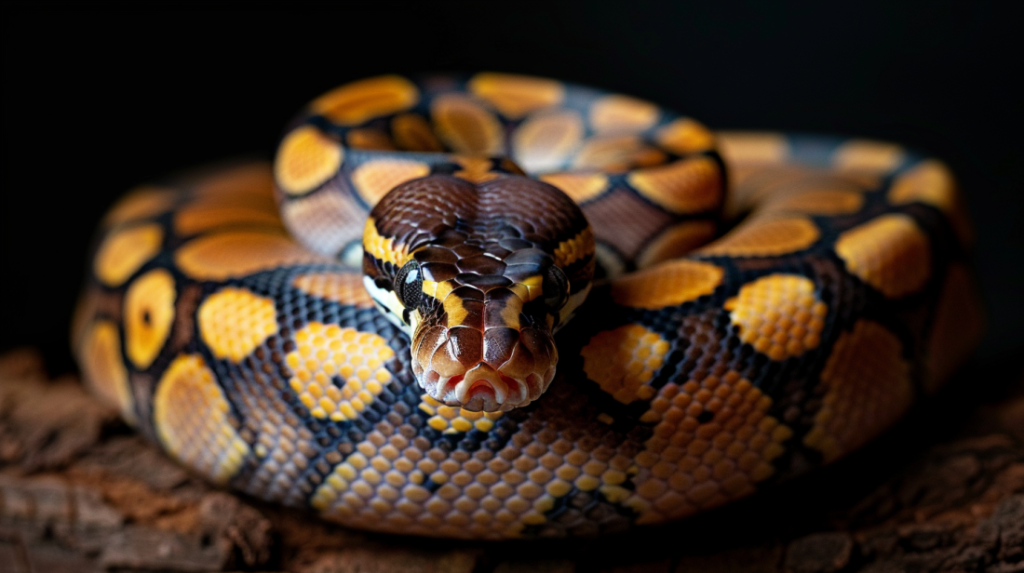
Traits:
- Size: 3-5 feet
- Lifespan: 20-30 years
- Temperament: Docile, shy
- Activity Level: Nocturnal
Care Requirements:
- Enclosure: 40-gallon tank minimum
- Temperature: 88-92°F warm side, 75-80°F cool side
- Humidity: 50-60%
- Diet: Appropriately sized frozen/thawed rodents
- Special Needs: Multiple secure hiding spots, careful humidity control
Why They Require More Experience: Ball pythons are popular on any reptiles list, but they present some challenges for complete beginners. They can be picky eaters, may refuse food during seasonal changes, and have specific humidity requirements. Their long lifespan also represents a significant commitment. However, their docile nature and manageable size make them excellent “next step” reptiles.
7. Red-Eared Slider (Trachemys scripta elegans)
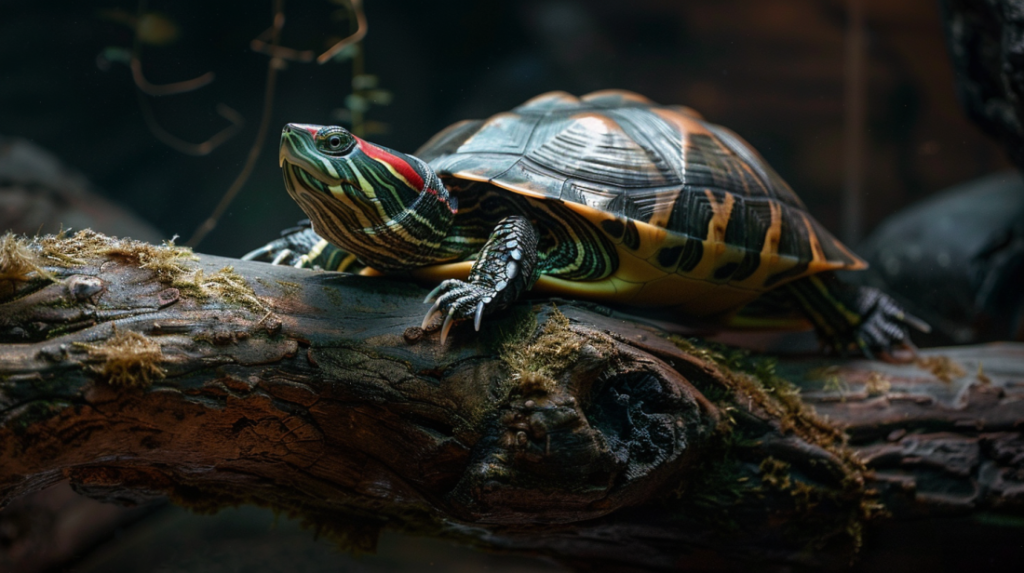
Traits:
- Size: 6-12 inches (shell length)
- Lifespan: 20-40 years
- Temperament: Active, can be shy
- Activity Level: Diurnal
Care Requirements:
- Enclosure: 75-125 gallon tank with water and basking area
- Temperature: 90-95°F basking area, 75-80°F water
- Diet: Commercial turtle pellets, vegetables, occasional protein
- Special Needs: Powerful filtration, UVB lighting, regular water changes
Why They Require More Experience: Red-eared sliders appear on many reptiles list guides but require significant commitment. Their aquatic setup demands powerful filtration, regular maintenance, and substantial space as they grow. Adults need tanks holding 75-125 gallons of water, making them less suitable for small living spaces.
8. Uromastyx (Uromastyx spp.)
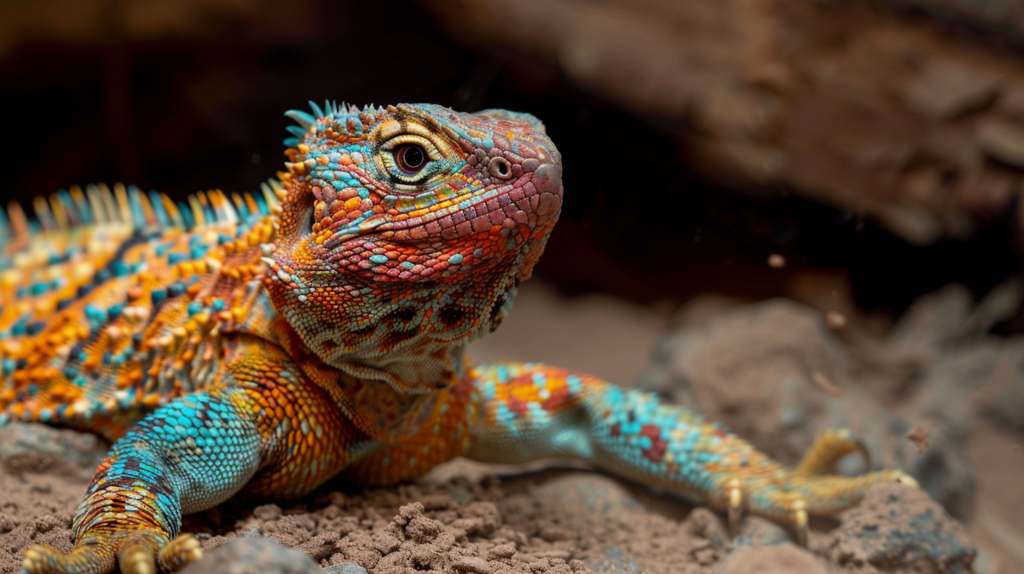
Traits:
- Size: 10-36 inches (species dependent)
- Lifespan: 15-30 years
- Temperament: Initially shy, can become tame
- Activity Level: Diurnal
Care Requirements:
- Enclosure: 40-75 gallon tank
- Temperature: 120-130°F basking spot, 80-85°F cool side
- Humidity: Very low (10-30%)
- Diet: Primarily herbivorous (vegetables, seeds, flowers)
- Special Needs: Very hot basking spots, UVB lighting
Why They Require More Experience: These desert-dwelling lizards require extremely hot basking temperatures that can be challenging to maintain safely. Their specialized herbivorous diet needs careful balance of nutrients. However, they’re rewarding pets that appear on our reptiles list due to their distinctive appearance and interesting behaviors.
9. Chinese Water Dragon (Physignathus cocincinus)
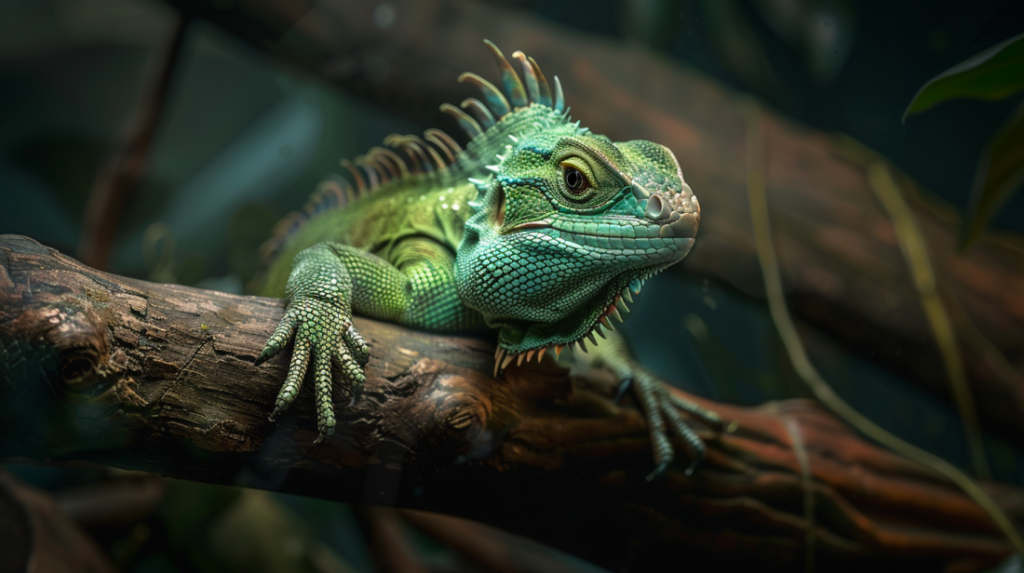
Traits:
- Size: 3-3.5 feet (including tail)
- Lifespan: 10-15 years
- Temperament: Active, can be skittish
- Activity Level: Diurnal
Care Requirements:
- Enclosure: Large vertical enclosure (minimum 6ft tall)
- Temperature: 90-95°F basking spot, 80°F ambient
- Humidity: 70-80%
- Diet: Insects, occasional fruits and vegetables
- Special Needs: Large water feature, climbing structures, high humidity
Why They Require More Experience: Water dragons need elaborate setups with swimming areas, high humidity, and significant vertical space for climbing. Their housing requirements are complex, earning them a spot on our intermediate reptiles list. They’re prone to rostral abrasions if kept in glass enclosures without proper visual barriers.
10. African Fat-Tailed Gecko (Hemitheconyx caudicinctus)
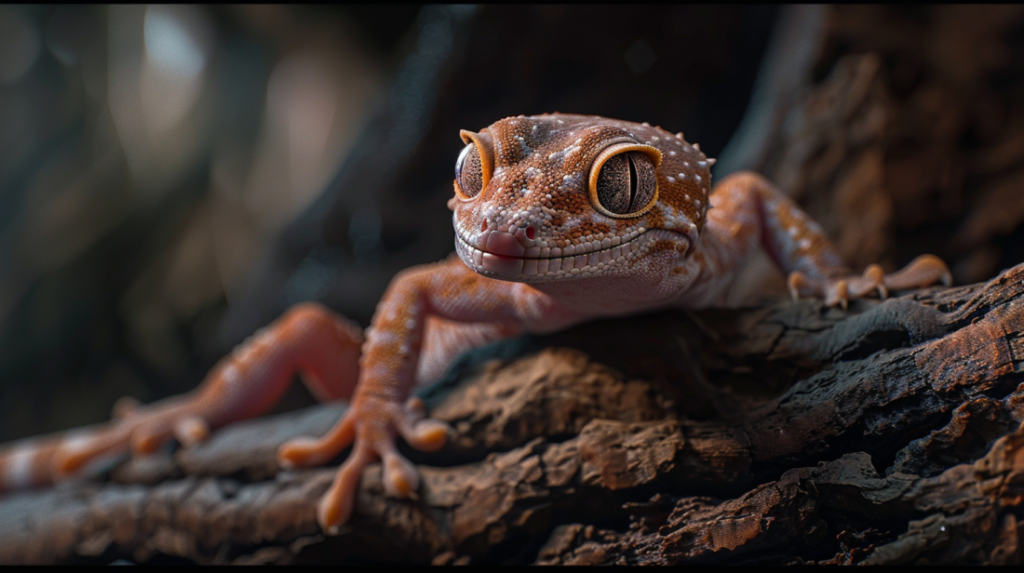
Traits:
- Size: 7-9 inches
- Lifespan: 15-20 years
- Temperament: Docile, shy
- Activity Level: Nocturnal
Care Requirements:
- Enclosure: 20-gallon tank
- Temperature: 88-90°F warm side, 75-80°F cool side
- Humidity: 50-70% (higher than leopard geckos)
- Diet: Insects (crickets, mealworms, dubia roaches)
- Special Needs: Humid hide for shedding
Why They Require More Experience: While similar to leopard geckos, African fat-tailed geckos need higher humidity levels and can be more challenging to feed, sometimes requiring more patience and varied insect offerings. They’re included in our reptiles list for those seeking something similar to but different from the popular leopard gecko.
Advanced-Level Reptiles
11. Green Iguana (Iguana iguana)
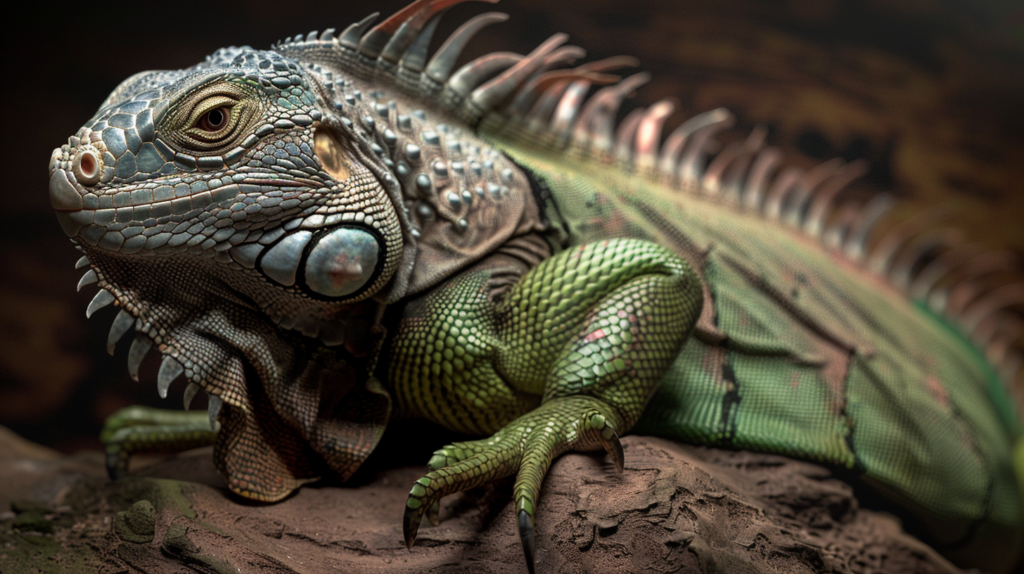
Traits:
- Size: 5-7 feet
- Lifespan: 15-20 years
- Temperament: Can be territorial, especially males
- Activity Level: Diurnal
Care Requirements:
- Enclosure: Custom-built enclosure (minimum 6x6x8 feet)
- Temperature: 95-100°F basking spot, 80-85°F ambient
- Humidity: 70-90%
- Diet: Strictly herbivorous (dark leafy greens, vegetables, fruits)
- Special Needs: Strong UVB lighting, very large enclosure, high humidity
Why They’re Advanced: Green iguanas may be common in pet stores, but they belong on the advanced section of our reptiles list. Their massive adult size, potential for aggressive behavior, specific dietary needs, and elaborate housing requirements make them unsuitable for beginners. Males can become territorial during breeding season, sometimes not recognizing their keepers as non-threats.
Dr. Jennifer Watts, exotic veterinarian, warns: “We see more surrendered iguanas than almost any other reptile. They’re often purchased as cute, small juveniles without consideration for their adult size and needs.”
12. Argentine Black and White Tegu (Salvator merianae)
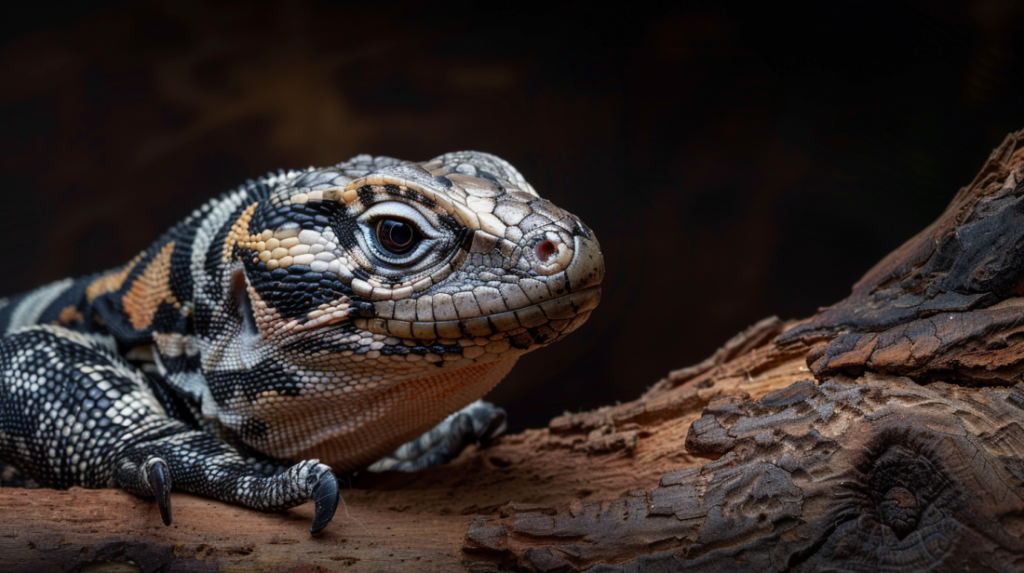
Traits:
- Size: 3-4.5 feet
- Lifespan: 15-20 years
- Temperament: Intelligent, can be tame with handling
- Activity Level: Diurnal
Care Requirements:
- Enclosure: Custom-built enclosure (minimum 8x4x4 feet)
- Temperature: 100-110°F basking spot, 75-85°F ambient
- Humidity: 60-80%
- Diet: Omnivorous (protein, vegetables, fruits, eggs)
- Special Needs: Substrate for burrowing, UVB lighting
Why They’re Advanced: These large lizards earn their place on our advanced reptiles list due to their intelligence, size, and specific care requirements. They need enclosures larger than many bedrooms and consume substantial amounts of food. However, they’re known for their intelligence and can form strong bonds with experienced keepers.
13. Chameleons (Various species)
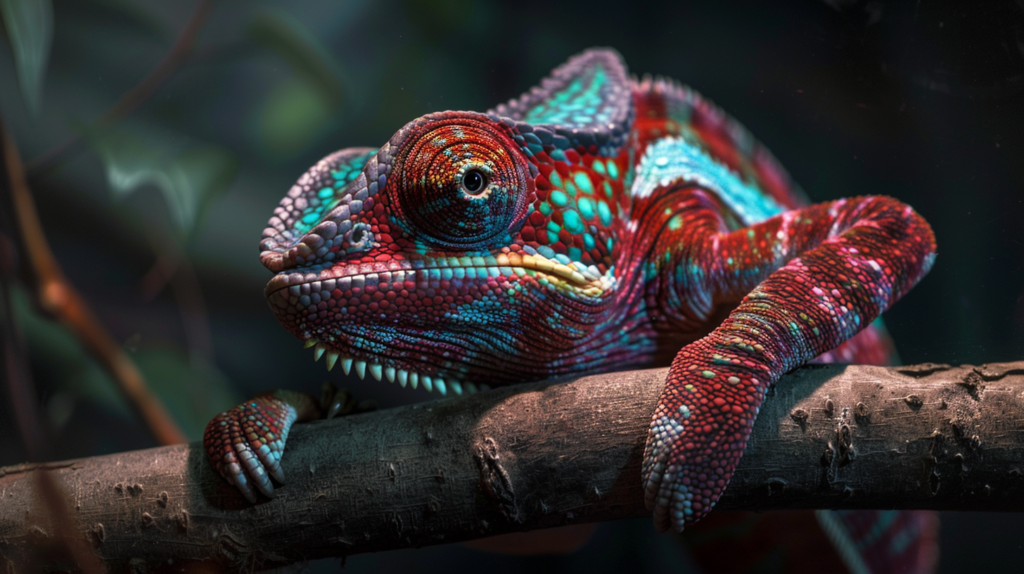
Traits:
- Size: 4-27 inches (species dependent)
- Lifespan: 3-10 years (species dependent)
- Temperament: Typically stressed by handling
- Activity Level: Diurnal
Care Requirements:
- Enclosure: Mesh enclosures with live plants
- Temperature: 82-85°F basking spot, 72-78°F ambient
- Humidity: 50-100% (species dependent)
- Diet: Various insects, occasional fruits
- Special Needs: Dripping water system, excellent ventilation, UVB lighting
Why They’re Advanced: Chameleons appear on our advanced reptiles list because they’re among the most challenging reptiles to keep healthy long-term. They’re prone to stress, require elaborate setups with live plants, need specific hydration methods, and show subtle signs of illness that can be difficult for inexperienced keepers to detect.
A 2022 study in the Journal of Herpetological Medicine found that chameleons in captivity had an average lifespan 40% shorter than their potential without specialized care.
14. Reticulated Python (Python reticulatus)
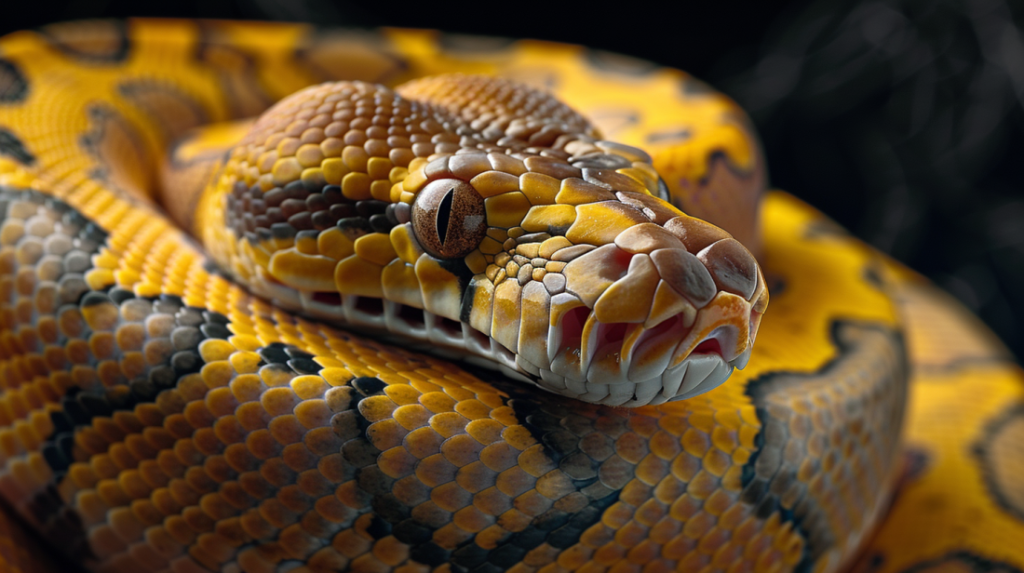
Traits:
- Size: 10-20+ feet
- Lifespan: 20-30 years
- Temperament: Can be unpredictable, individual variation
- Activity Level: Nocturnal
Care Requirements:
- Enclosure: Custom-built enclosure (minimum 8x3x3 feet for smaller specimens)
- Temperature: 88-92°F warm side, 78-82°F cool side
- Humidity: 50-60%
- Diet: Appropriately sized rabbits, chickens, or multiple rodents
- Special Needs: Secure enclosure, multiple handlers for large specimens
Why They’re Advanced: These massive snakes are definitely on the advanced section of our reptiles list. Their extreme size means they require multiple handlers for safe management, custom-built enclosures, and significant space. They can cause serious injury if handled improperly and represent a decades-long commitment.
15. Crocodile Skink (Tribolonotus gracilis)
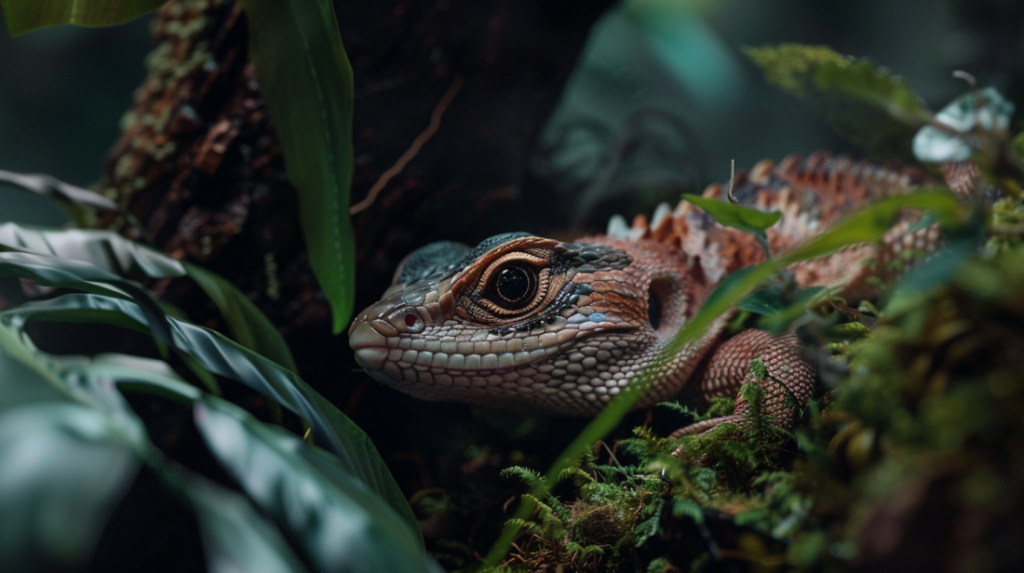
Traits:
- Size: 8-10 inches
- Lifespan: 10-15 years
- Temperament: Shy, rarely tolerates handling
- Activity Level: Crepuscular/nocturnal
Care Requirements:
- Enclosure: 20-30 gallon tank
- Temperature: 75-82°F ambient, no basking spot needed
- Humidity: 80-100%
- Diet: Insects, occasional pinky mice
- Special Needs: Shallow water feature, very high humidity
Why They’re Advanced: Despite their small size, crocodile skinks earn a place on our advanced reptiles list due to their specialized care requirements. They need extremely high humidity, are stress-prone, and don’t typically tolerate handling. Their humidity requirements make tank maintenance challenging to prevent mold and bacterial growth.
Essential Setup and Care Tips for Any Reptile
Regardless of which species from our reptiles list you choose, certain principles apply to virtually all reptile keeping:
Proper Enclosure Setup
The Temperature Gradient All reptiles need a temperature gradient—a range from warm to cool areas within their enclosure. This allows them to thermoregulate by moving between areas as needed.
- Heating Options:
- Under-tank heaters (ideal for terrestrial species)
- Ceramic heat emitters (no light output)
- Heat bulbs (provides visible light)
- Radiant heat panels (for larger enclosures)
Lighting Requirements According to Dr. Frances Baines, a leading reptile lighting expert, “The UVB requirements of reptiles vary enormously between species. Desert species typically need high UVB levels, while crepuscular or nocturnal species need much less or none.”
- Types of Lighting:
- UVB lighting (essential for many diurnal species)
- Visible light (maintains day/night cycles)
- Infrared heat (useful for nighttime heat)
Substrates Choosing the right bedding material depends on the species:
- Options Include:
- Reptile carpet (easy to clean)
- Paper towels (ideal for quarantine)
- Bioactive setups (soil mix with cleanup crew)
- Coconut fiber (good for humidity)
- Cypress mulch (moisture-retaining)
Nutrition and Feeding
A 2023 survey by the Association of Reptile and Amphibian Veterinarians found that 68% of health issues in captive reptiles were directly linked to improper nutrition.
Dietary Categories:
- Herbivores: Require vegetable matter, leafy greens
- Carnivores: Consume whole prey items
- Omnivores: Need a mix of animal and plant matter
- Insectivores: Eat primarily insects
Supplementation: Most reptiles require calcium supplementation, often with vitamin D3 (unless adequate UVB is provided). Other vitamins and minerals may be needed depending on the species from our reptiles list.
Health Monitoring
Regular health checks are essential for any species on our reptiles list:
- Signs of Good Health:
- Clear, alert eyes
- Regular eating habits
- Normal fecal output
- Smooth skin or properly shedding
- Active during appropriate times
- Warning Signs:
- Weight loss
- Lethargy
- Abnormal feces
- Difficulty breathing
- Retained shed
- Lack of appetite
According to 2023 data from the Reptile Medicine Association, establishing a baseline of “normal” behavior within the first month of ownership allows for 75% faster detection of potential health problems.
Choosing the Right Reptile for Your Lifestyle
When reviewing our reptiles list, consider these factors to find your ideal match:
Time Commitment
Low Daily Time (15-30 minutes):
- Leopard geckos
- Corn snakes
- Ball pythons
Medium Daily Time (30-60 minutes):
- Bearded dragons
- Blue-tongued skinks
- Crested geckos
High Daily Time (60+ minutes):
- Aquatic turtles
- Large lizards (iguanas, tegus)
- Chameleons
Space Requirements
Small Spaces (Apartment-Friendly):
- Leopard geckos
- Crested geckos
- African fat-tailed geckos
Medium Spaces:
- Bearded dragons
- Ball pythons
- Corn snakes
- Uromastyx
Large Spaces (House Required):
- Green iguanas
- Argentine tegus
- Large snakes
- Aquatic turtle setups
Budget Considerations
Initial setup costs vary widely across our reptiles list:
Budget-Friendly Options:
- Leopard gecko setup: $250-350
- Corn snake setup: $300-400
- Crested gecko setup: $250-350
Mid-Range Investment:
- Bearded dragon setup: $500-700
- Ball python setup: $400-600
- Blue-tongued skink setup: $600-800
Premium Setups:
- Large aquatic turtle setup: $800-1,500
- Argentine tegu setup: $1,000-2,000
- Custom large enclosures: $2,000+
A 2023 market analysis found that ongoing monthly costs for reptiles from our list range from $30-150 per month, depending on species, size, and dietary needs.
Where to Acquire Your Reptile
Responsible Sources
Reptile Expos Pros:
- Meet breeders directly
- See multiple animals in person
- Often better prices than retail
Cons:
- Limited health guarantees
- Potentially stressful environment for animals
- Quality varies significantly between vendors
Reputable Breeders Pros:
- Known genetic history
- Health guarantees often provided
- Ongoing support and advice
Cons:
- Higher prices than other sources
- May require waiting lists
- Often need to ship animals
Rescue Organizations Pros:
- Giving a second chance to an animal
- Often lower acquisition costs
- Animals usually come with known history
Cons:
- May have behavioral or health issues
- Limited selection of species
- Might not know genetic background
According to the American Reptile Rescue Network, over 70,000 reptiles were surrendered or abandoned in 2023, with iguanas, large snakes, and aquatic turtles being the most common.
Legal Considerations
Before choosing from our reptiles list, check local regulations:
- State/Provincial Laws: Many states restrict certain species
- City/County Ordinances: Local laws may be stricter than state laws
- HOA/Rental Restrictions: Some housing agreements prohibit reptiles
- CITES Regulations: International treaty protecting endangered species
For example, in Florida, ownership of green iguanas, tegus, and several python species requires permits due to their invasive potential. New York City prohibits keeping snakes from the Boidae and Pythonidae families that reach over 10 feet in length.
FAQ Section
What is the best reptile for absolute beginners?
Leopard geckos are widely considered the ideal starter reptile due to their manageable size, docile temperament, and straightforward care requirements. They don’t require UVB lighting, eat a simple insect diet, and generally tolerate gentle handling well. Corn snakes and bearded dragons are also excellent choices from our reptiles list for those new to reptile keeping.
How much does it typically cost to set up a proper reptile habitat?
Initial setup costs vary widely depending on the species. A basic leopard gecko setup might cost $250-350, while a bearded dragon habitat typically runs $500-700. Large or specialized setups for species like aquatic turtles or monitor lizards can exceed $1,000. These costs include the enclosure, heating, lighting, substrate, decor, and basic equipment. The animal itself is a separate expense that varies greatly by species, age, and genetic traits.
Do reptiles recognize their owners?
While reptiles don’t form emotional bonds in the way mammals do, many species can recognize their regular caretakers. Bearded dragons, tegus, and monitors often show recognition through behavioral changes like approaching the front of the enclosure when their keeper enters the room. This recognition is likely association-based—they connect their caretaker with positive experiences like feeding. More intelligent species from our reptiles list like tegus can develop stronger recognition patterns over time.
How often do reptiles need veterinary care?
Healthy reptiles should have wellness exams annually, with more frequent visits for young, growing animals or seniors. However, finding qualified reptile veterinarians can be challenging in some areas. According to the Association of Reptile and Amphibian Veterinarians, you should establish a relationship with an exotic vet before emergencies arise and schedule a check-up within the first month of acquiring any animal from our reptiles list to establish baseline health parameters.
Can different reptile species be housed together?
Generally, cohabitation of different reptile species is not recommended. Different species have varying temperature, humidity, dietary, and behavioral needs that are difficult to accommodate in a single enclosure. Additionally, some species may view others as prey, competitors, or threats. Even housing same-species reptiles together requires careful consideration, as many reptiles are solitary by nature and may experience stress or exhibit territorial aggression when forced to share space.
How long do reptiles typically live?
Lifespans vary dramatically across our reptiles list. Small geckos typically live 10-20 years with proper care, while tortoises can exceed 50+ years. Medium-sized lizards like bearded dragons generally live 8-12 years, and many snake species live 15-30 years. This significant longevity means reptile acquisition should be viewed as a long-term commitment. Some species may outlive their original owners and require provisions in estate planning.
CTA Before Conclusion
For more expert pet care tips and product recommendations, visit BlithePet.com — your trusted source for pet wellness.
Conclusion
Our comprehensive reptiles list showcases the incredible diversity of scaly companions available to potential owners. From the beginner-friendly leopard gecko to the advanced-care chameleon, there’s a reptile species suited to almost every lifestyle and experience level. The key to successful reptile keeping lies in thorough research, proper setup, and ongoing education about your specific species’ needs.
Remember that reptiles represent a long-term commitment—many species on our list live 15+ years with proper care. Their specialized requirements for temperature, lighting, humidity, and nutrition must be met consistently throughout their lives. While they may not display affection in ways familiar to dog or cat owners, reptiles offer fascinating behaviors, striking appearances, and unique interactions that make them rewarding companions.
Whether you’re drawn to the prehistoric charm of bearded dragons, the vibrant colors of corn snakes, or the distinctive personality of a blue-tongued skink, taking the time to prepare properly will set you and your new reptilian friend up for years of mutual enjoyment.
Have a similar experience with your pet reptile? Share it in the comments below!

